This is National Pet Dental Health Month and we have been looking at veterinary dentistry. Dental disease is probably the most frequent problem we find during our routine physical exams. Animals are able to live with and conceal from their owners a great deal of dental pathology – infection and pain. I have seen animals eating normally with fractured and abscessed teeth that were so infected that I could wiggle them with just one finger! Dental pain rarely makes a pet whine, cry, stop eating or rub at its face. While many painful and abnormal dental conditions are easy to see with a good oral exam, some can only be seen with radiographs (x-rays.) Most humans are accustomed to having full mouth dental x-rays taken on a regular basis. We should do the same for our pets who are less able to communicate they have oral pain.
At Animal Care Clinic, we have one of the few veterinary dental x-ray machines on the Central Coast. Accurate assessment of dental health requires a dental x-ray machine rather than a œregular x-ray machine because we can focus on just one tooth and get much better detail. If a tooth has been fractured or damaged, it should be radiographed to see if the roots are healthy. Any discolored tooth should also be radiographed since these teeth frequently develop bone abscesses near the tip. Cats prone to œcat
cavities can be spared a great deal of pain if we find these cavities with x-rays rather than waiting until we can see them below the gumline. As pets age or if they develop suppression of the immune system, we recommend full mouth x-rays to check for hidden problems.
Animal Care Clinic has a special interest in dentistry and we are well equipped to handle your pet ™s
dental needs.
by Bonnie Markoff, DVM, ABVP

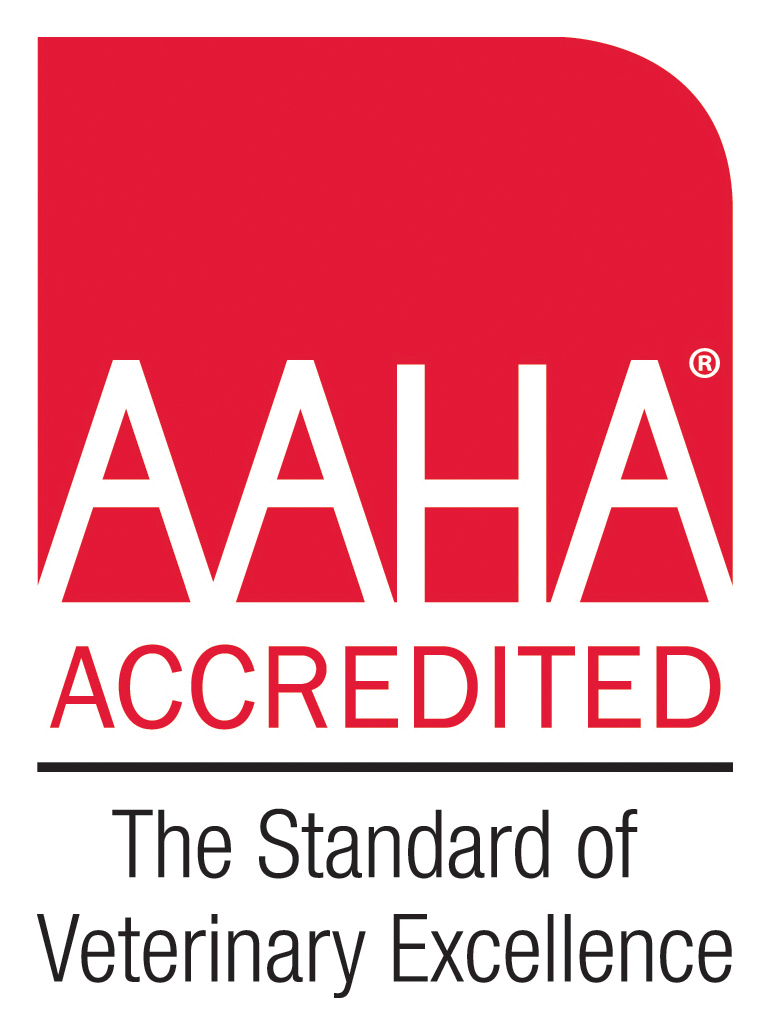
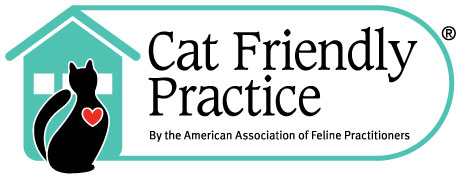


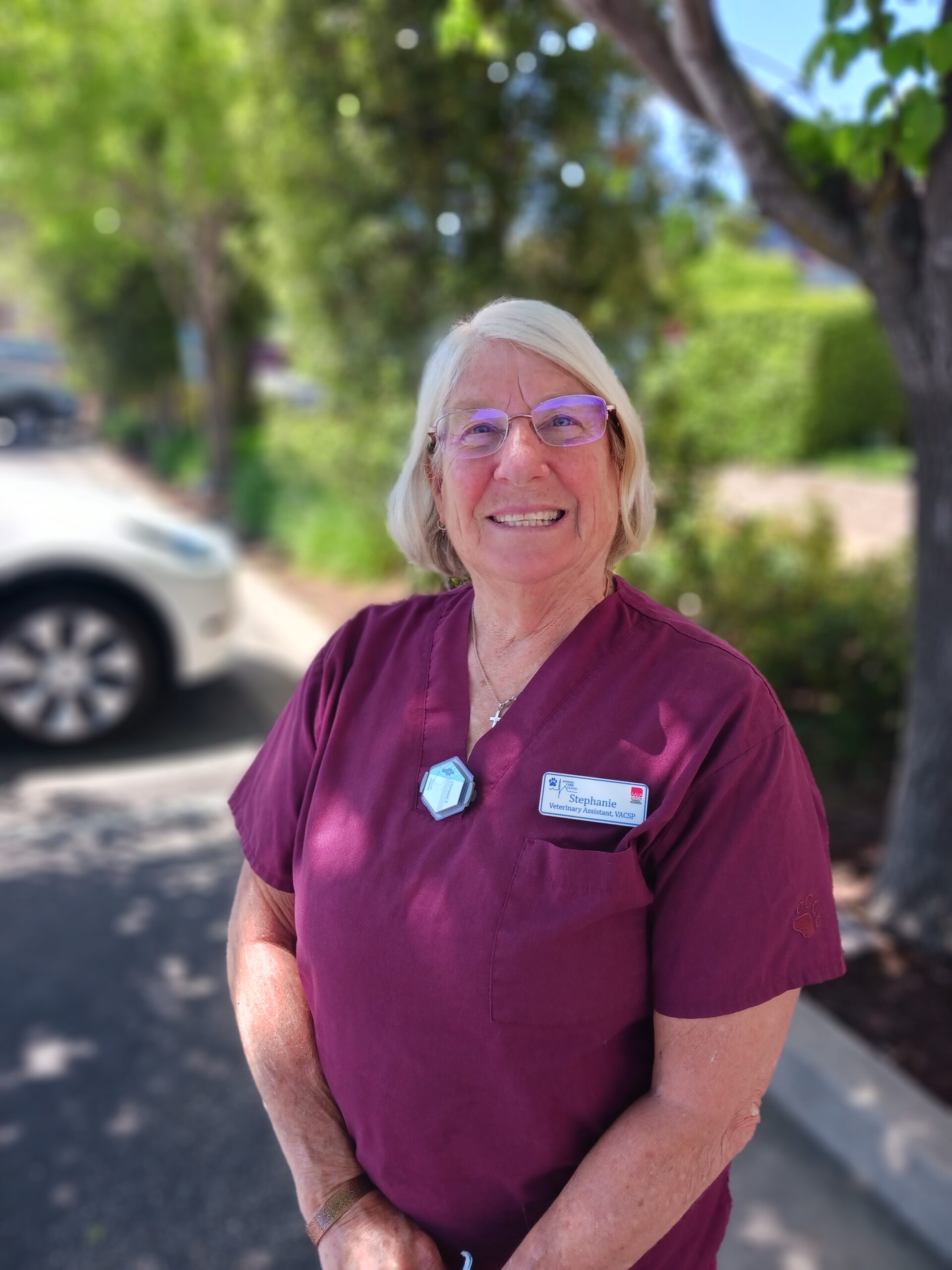
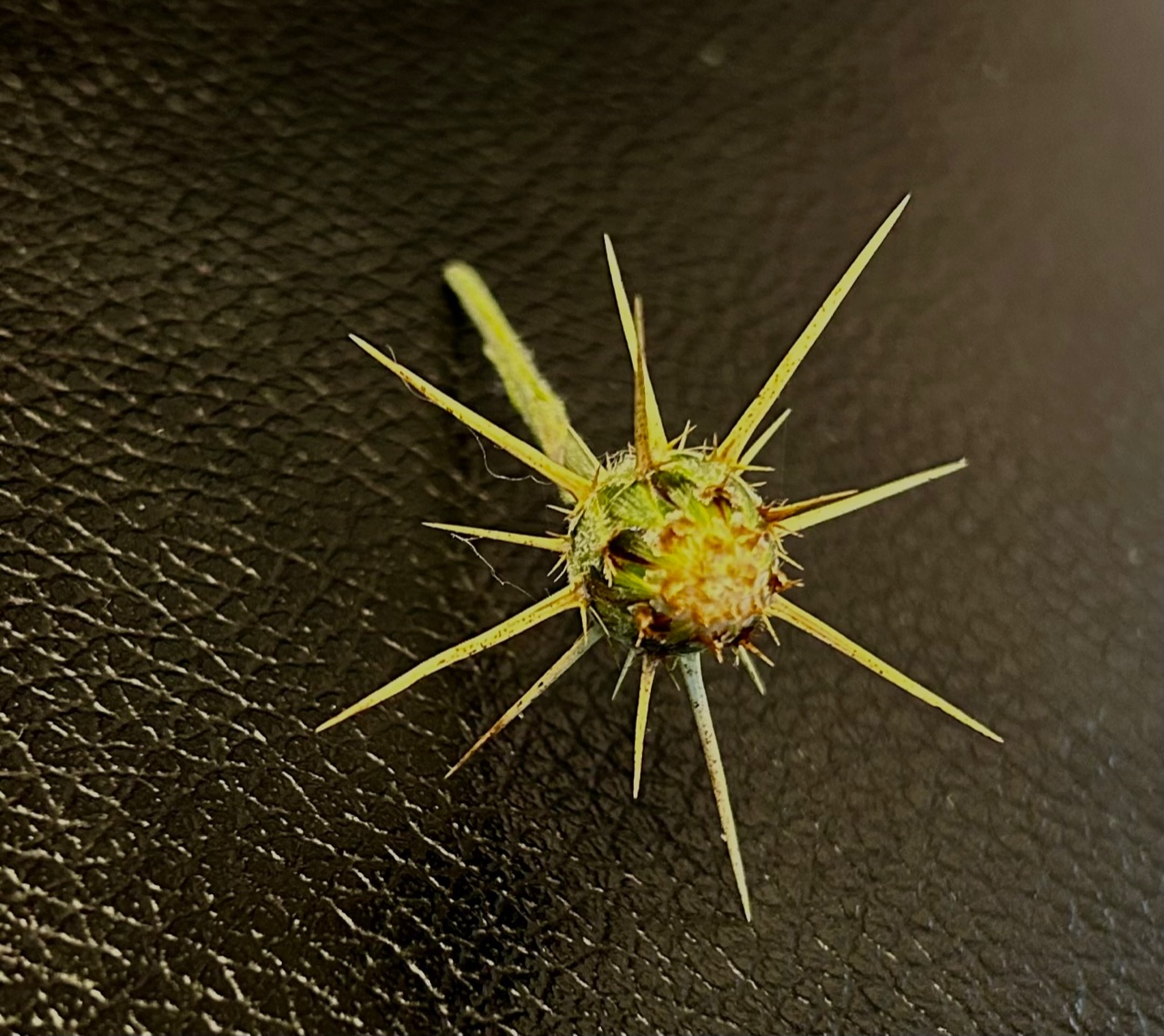

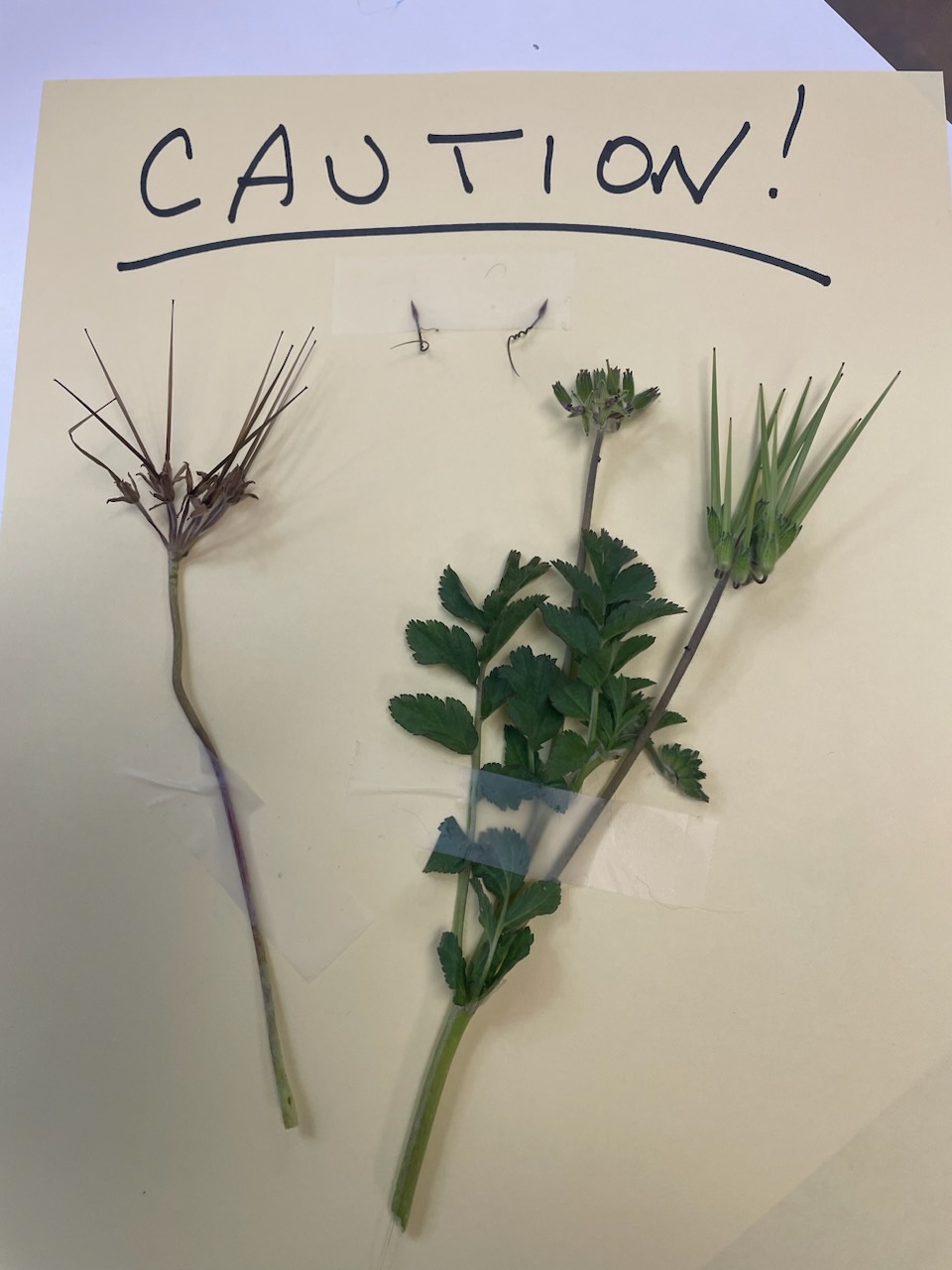
Leave A Comment
You must be logged in to post a comment.